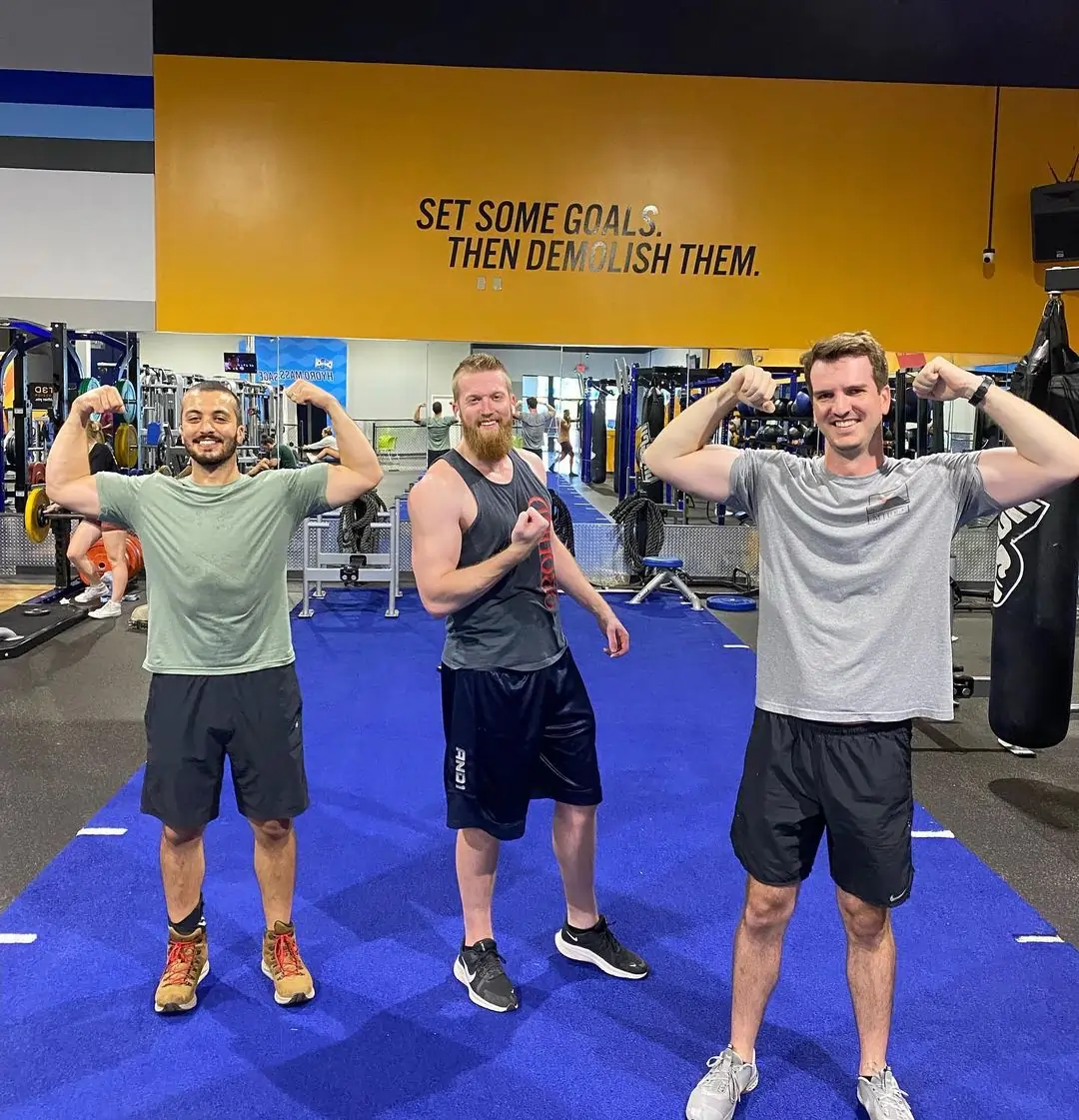
In a brightly lit exam room at a VA clinic years ago, Dr. Anas Rahim stood alongside his attending physician, watching as they offered a last-ditch treatment to a patient burdened by relentless pain. The man had undergone everything—epidurals, spinal cord stimulators, even minimally invasive surgeries—with little relief.
“In what felt like a throw-in-the-towel moment, my attending suggested acupuncture,” Dr. Rahim recalled. “The patient was desperate. He agreed. And to our surprise, it worked—profoundly.”
The relief lasted around two weeks, but the man kept coming back. For him, acupuncture succeeded where all else failed.
“It taught me that Western medicine doesn’t always have the final say,” Anas Rahim D.O. said. “There’s still so much we don’t understand about the human body.”
That moment stuck with Dr. Rahim and became symbolic of his broader mission: challenge assumptions, explore every option, and never stop learning.
A Life Shaped by Service and Resilience
Born in 1990 in Atlanta to Syrian parents who had fled political persecution, Anas Abdul Rahim grew up in the quiet Gulf Coast town of Panama City, Florida. His early years were steeped in faith, family, and the value of hard work. It’s a foundation that would carry him through a challenging and rewarding medical journey.
“The ocean was my sanctuary,” Rahim said. “Swimming, snorkeling, diving—it grounded me and gave me a deep appreciation for peace, which I now try to bring to my patients.”
Even as a teenager, Dr. Rahim showed early signs of leadership.
He dual-enrolled at Gulf State College while in high school and took an active role in student government, leading local initiatives for Habitat for Humanity and highway cleanups.
“I was always drawn to helping people,” he said. “Even then, I didn’t know it would lead me to medicine. But I knew I wanted to serve.”
The Road to Medicine
Rahim’s academic path took him to the University of Florida, where he earned a degree in Food Science and Human Nutrition. He later pursued his D.O. and specialized in anesthesiology. But it was a medical mission trip to Syria in 2014 that ultimately redirected his calling.
“What I saw there changed me,” Rahim said. “There were people suffering from chronic pain and traumatic injuries with no access to relief. I knew I had to do more than just put patients to sleep for surgery. I wanted to help them live.”
He returned with a sharpened sense of purpose and went on to complete a residency in anesthesiology at the University of Florida before focusing on pain management.
Today, he’s a board-certified anesthesiologist and pain management specialist based in Miami—and a clinical attending physician helping train the next generation of fellows in the specialty.
A Mentor Who Encourages Innovation
In a field often bound by protocol and precision, Rahim brings a rare blend of creativity and compassion. He’s known for encouraging his fellows to question the norm and approach challenges from different angles.
“In anesthesia training, we’d always say, ‘There’s more than one way to skin a cat’—it’s crude, but it means there’s more than one right answer,” Dr. Anas Rahim explained. “I tell my fellows: as long as your plan is safe, sound, and backed by contingencies, don’t be afraid to think differently.”
One of the most tangible ways he’s transformed the training environment is through simulation labs. “I introduced cadaver and non-cadaveric training labs for advanced procedures,” he said. “It’s helped fellows build confidence and sharpen their skills without the pressure of a live case.”
That approach has created a culture of curiosity.
“You normalize questions by celebrating them,” he added. “I thank fellows when they challenge me. That kind of engagement moves the entire field forward.”
Blending Technology with Human Intuition
Now beginning a new chapter as an attending anesthesiologist in Dallas, Texas, Rahim is already pushing the envelope. He’s helping to integrate AI into pre-anesthesia testing (PAT), using predictive models to flag high-risk patients early.
“Technology should enhance our decision-making, not replace it,” Rahim said. “AI tools allow us to spot red flags ahead of time, so we can order the right tests and reduce adverse outcomes. But you still need the human side—the judgment, the discernment, the compassion.”
That balance between innovation and clinical grounding is where Rahim thrives.
“If I’m considering a new method, I use a PDSA cycle—Plan, Do, Study, Act,” he explained. “You test things in low-risk settings, measure impact, and only then decide whether to implement.”
His process is analytical, but never divorced from empathy.
“It’s not just about metrics,” he said. “It’s about people.”
A Holistic View of Healing
Dr. Rahim’s philosophy goes beyond physical relief. His personal life mirrors the balance he aims to help patients achieve. At home, he is a devoted husband to Jinan Erchid and a father who treasures beach outings and bedtime stories.
“I believe in whole-person care,” he said. “Pain is not just physical. It affects your sleep, your work, your relationships—your sense of identity.”
That belief has shaped his practice. Whether treating a war veteran, a post-surgical patient, or someone suffering from years of chronic discomfort, Rahim looks beyond symptoms.
“It’s about restoring quality of life,” he said. “You have to ask: what does this patient value? What’s their story?”
Reflecting on the Future
In a profession where burnout is common and routines can become rigid, Dr. Rahim says teaching keeps him inspired.
“When I explain something to a fellow, I’m forced to clarify my own thinking,” he said. “Their questions often challenge my assumptions—and that’s a good thing.”
He also stays sharp by reflecting on what went well, what didn’t, and why.
“That daily discipline helps me stay flexible and focused,” he said.
His vision for the future includes more research into alternative therapies and deeper exploration into how Eastern and Western modalities can complement each other.
“We have a long way to go in understanding pain,” he said. “But I believe we’re on the right path.”
Advancing the Field Through Mentorship and Innovation
In his current role as a clinical attending physician, Dr. Rahim continues to play a key part in shaping the next generation of pain management specialists. He describes his approach as structured, supportive, and open to collaborative thinking.
Anas Rahim is known for fostering a learning environment that emphasizes safety, innovation and the integration of evidence-based practices with real-world problem-solving.
His contributions to clinical education include the development of hands-on training labs using both cadaveric and synthetic models, designed to help fellows gain confidence in performing advanced procedures.
As Dr. Rahim transitions into a new role in Dallas, Texas, he is focused on integrating artificial intelligence tools into the pre-anesthesia testing process. The goal is to use AI-assisted risk prediction models to help identify high-risk surgical candidates earlier, improving patient outcomes through timely preoperative intervention.
With a growing focus on bridging technology and patient care, Dr. Rahim remains committed to evidence-informed practice, continuous improvement, and education. His work reflects an evolving approach to anesthesiology and pain management—one that aims to balance clinical innovation with compassionate, individualized treatment.


